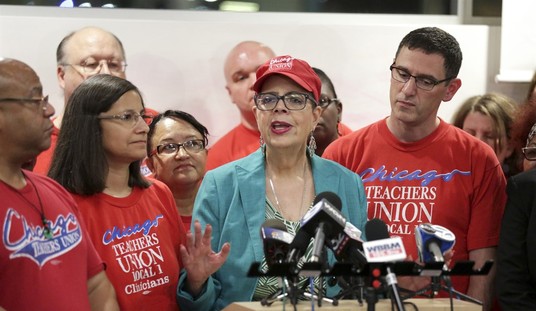The Environmental Protection Agency (EPA) has become increasingly notorious for overstepping its authority. The “Richard Windsor” email scandal has given us a glimpse into the wheelings and dealings at the agency and has underscored the need for greater Congressional oversight over the way EPA conducts its business, but unfortunately, it is only the tip of the iceberg.
Some of the more blatant examples of regulatory overreach are widely publicized, but other transgressions are related to process. As Sen. Mike Johanns (R, Nebraska), who last month introduced an EPA transparency bill package, has put it: “it’s not simply what EPA is doing that bothers so many of our nation’s job creators, it’s how EPA is doing it.” By nature, procedural transgressions tend to be more subtle, though often no less egregious. EPA’s negotiations with the silicones industry to implement enforceable monitoring program for siloxanes - some of the most ubiquitous chemical compounds - are a case in point.
Following EPA’s announcement of a planned risk assessment for a siloxane known as D4, the Silicones Environmental, Health and Safety Center (SEHSC) which represents the chemical’s manufacturers, voluntarily agreed to work with EPA to reach an Enforceable Consent Agreement (ECA) to collect relevant data – to be paid for and administered by industry.
Industry came to the table last summer with a proposal based on agency feedback, offering testing at five carefully selected municipal wastewater plants and four industrial facilities. With the respective
Recommended
Having, as one observer put it, “moved the goalposts – though it claims it always thought they should be further away,” EPA ultimately lowered its testing demands to 25 sites, but remains unclear on the added value of the increased number of testing sites, particularly as a wealth of scientific data on the behavior of siloxanes already exists.
But the goalpost moving doesn’t end here, as Americans for Tax Reform’s Cost of Government Center has noted. Having extended the negotiating deadline, EPA threw another wrench in the talks this February with its announcement to draw up a risk assessment plan and have it reviewed in “peer consultation.” This questionable move may set a bad precedent, as “peer consultation” is not a procedure provided for under the agency’s own rules guiding consent agreements. Moreover it would significantly delay any testing, and with that the actual risk assessment.
The SEHSC has rightfully asked whether the inclusion of a “peer consultation” mechanism, especially at this stage, would meaningfully improve the outcome of the consent agreement. The EPA itself makes clear on its website that “[b]ecause they [i.e. consent agreements] are negotiated in public, all parties who are interested in the data have the opportunity to participate.” With there having been ample opportunity for EPA to receive input from the outset, the added value is doubtful.
Meanwhile, the agency has hung a “Sword of Damocles” in the form of mandatory test orders over industry’s head should negotiations fail, claiming authority to require extensive monitoring of siloxanes under the Toxic Substances Control Act (TSCA). However, experts doubt this assertion, arguing that the respective law’s section merely applies to toxicity testing, and not to the collection of monitoring data.
In spite of its legitimate concerns, the SEHSC has placed yet another revised good faith proposal on the table, offering to double the number of municipal plants, bringing the total monitoring universe up to ten municipal and four industry facilities. It will be interesting to see how EPA will respond when both parties meet again on March 28.
The fact that EPA is apparently not interested in working hand in hand with industry within its own rules governing the ECA process to get testing off the ground swiftly is troublesome. Cynics might even insinuate that the agency is buying time for environmentalist groups, who have been noticeably quiet in this process so far, to stack the deck against industry.
Whatever EPA’s motivations - without proper oversight, the agency will continue to expand its authority and add layers of bureaucracy that provide no benefit to taxpayers. With the economy continuing to struggle and Washington attempting to stretch every dollar, now is the time for Congress to stand up in a bipartisan fashion for transparency and accountability – principles that transcend party lines - and take seriously its role an agency watchdog on behalf of the taxpayer.

























Join the conversation as a VIP Member